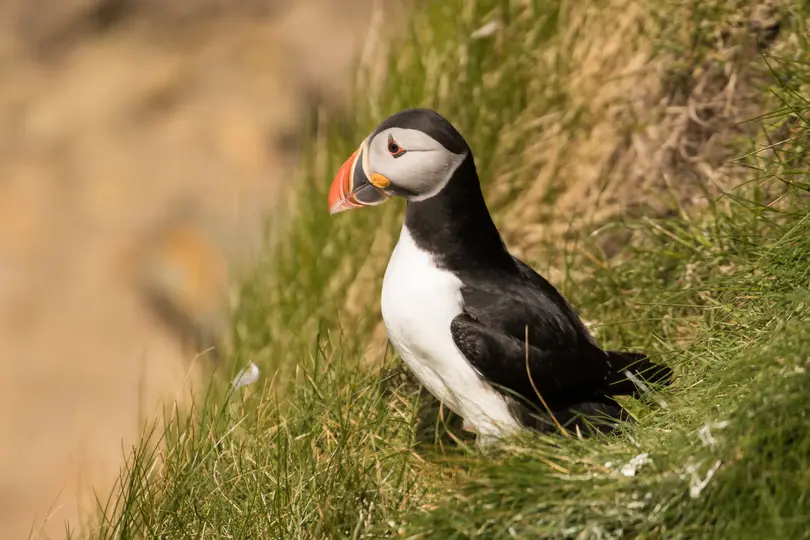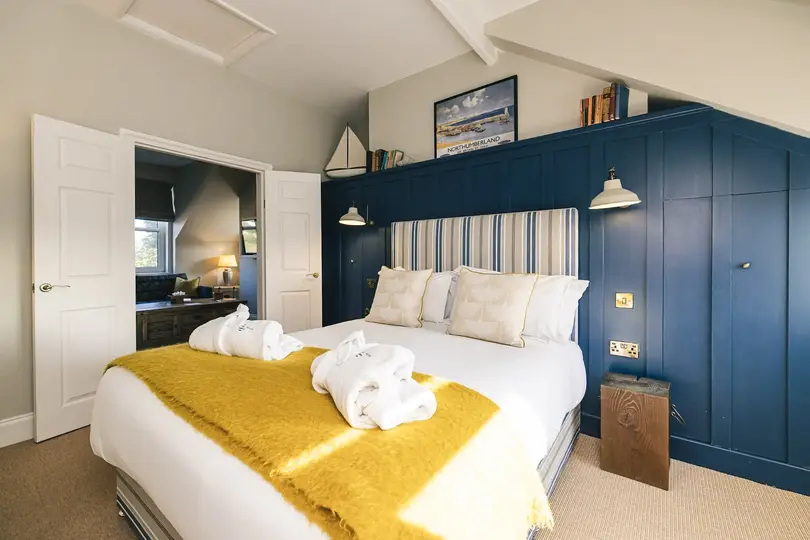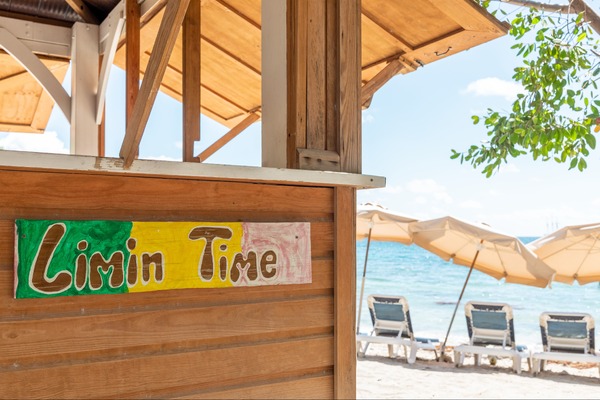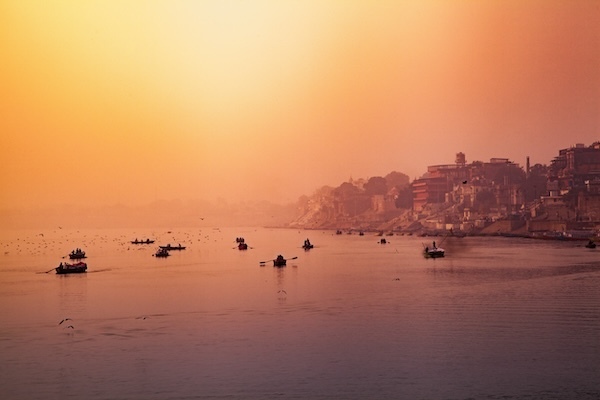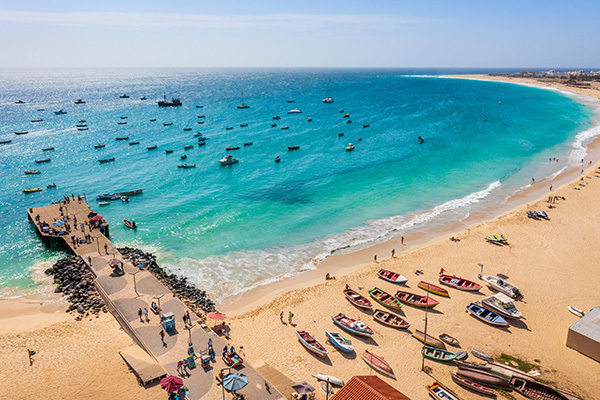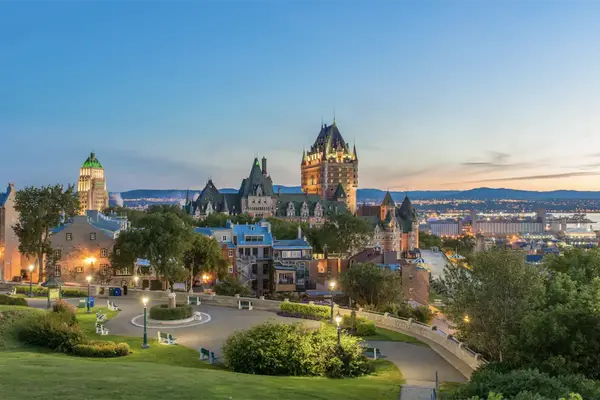The greatest puffin spotting experience in England and how to book it
 Lucy McGuire
Lucy McGuireWith crowd-free beaches, extraordinary wildlife watching opportunities and history-steeped islands, steer your clients towards Northumberland for an underrated domestic break, says our writer
Dinky wings pump ferociously, inches above the teal North Sea waters, silvery sand eels clutched in brilliant orange bills. Few seabirds have quite the same magnetism as the cartoonish puffin, whose wings flap an amazing 400 times a minute to keep them airborne. And these endearing birds only burrow, breed and feed on Northumberland’s famous Farne Islands for a few months each year. Which is why I’ve jumped out of my seat onboard Billy Shiel’s Farne’s Maiden boat, getting as many snaps as I can.
With 30 miles of sandy beaches, a birdlife-rich Northumberland Coast National Landscape and more castles than any other English county, Northumberland is a wildly unsung destination for the domestic traveller. And it seems the secret’s out: Bamburgh was voted the UK’s best seaside town in a Which? survey this year. Last year’s opening of the King Charles III England Coast Path, which runs between Bamburgh and the Scottish Borders, also raised the region’s profile. It complements the already popular Northumberland Coast Path, a 62-mile scenic stretch between Cresswell and Berwick-upon-Tweed.
But tourism in England’s most northerly county has faced challenges: the Farne Islands were hit by avian flu in 2022 – and again the following year – killing some 9,000 birds. As a result, the popular seal and bird-spotting boat trips (where you can see everything from guillemots to kittiwakes) came to a halt.
“It was heartbreaking to see the devastation that the bird flu created on the islands,” says William of Billy Shiel’s boat trips. “The number of terns had already dropped greatly during Covid due to lack of footfall on the islands and predators such as gulls being able to thrive, so bird flu was the last thing we needed.”
Thankfully, in spring 2024, the archipelago was deemed free of infection and these much-loved voyages relaunched from the port of Seahouses – the gateway to these islands. On selected trips to Inner Farne, the main island, visitors can follow a boardwalk to the chapel of St Cuthbert, first built in the 1300s in honour of the revered 7th-century saint. They can also sail beside Longstone Island where local heroine, Grace Darling and her lighthouse keeper father, William, helped rescue survivors of the 1838 Forfarshire shipwreck.
Staple Island remains closed to visitors, yet most boat trips get close enough to view the seabird colonies that cling to these millennia-old sills of rock. Hearing the islands’ history from the captain, as seals loaf on the rocks around us, makes for a soul-stirring experience.
“My great grandfather would take private groups out to the islands in between fishing,” William explains, “but it was my father Billy (who the business is now named after) who really saw the potential as he was passionate about the islands and their wildlife. I’ve spent all of my life around them and to be able to share this with others is a joy.”
BOUNCING BACK
While on the boat, I hear that had I been here a day earlier, I might have caught sight of a minke whale or a “stinky minke”, as some call them due to their pungent breath. And while tern numbers are still low, puffin numbers are looking “pretty solid”. Which is why, even at the end of July, I’m eyeballing those last few “Tommy Noddies” before they return to the Northern Atlantic. It seems the wildlife – and tourism – here, is bouncing back.
“Visitors are drawn to Northumberland for its unspoilt landscapes, stunning coastline and rich heritage attractions,” says Andrew Fox, chair of Visit Northumberland.
“The Northumberland visitor economy has seen continued, strong, year-on-year growth, welcoming 10.12 million visitors in 2023, with a 2.7% increase in day visitors in comparison to 2022. This is attributed to new world-class visitor attractions such as Ad Gefrin, and a growth in events such as the Alnwick Winter Light Trail.”
Ad Gefrin opened in Wooler last year, some 15 miles inland. Its Anglo-Saxon Museum and distillery are sure to go down well with history and whisky lovers. The market town of Alnwick, meanwhile, is known for the one-of-a-kind Alnwick Garden, with its dancing fountains and, come winter – the beautiful light displays. Beside it, visitors can explore the 1,000-year-old Alnwick Castle of Harry Potter fame.
Striding across empty beaches is essential for anyone visiting this region. So, in the quaint village of Alnmouth, I base myself at The Whittling House, a stylish boutique hotel bookable via independent tour operator Osprey Holidays. It serves fantastic food and is minutes away from Alnmouth’s vast, biscuit-coloured bay. I kick off my shoes and wade through the shallowest section of the Aln estuary to reach St Cuthbert’s Cross – a hilltop spot that affords fabulous views across the village and surrounding salt marshes.
My last stop is Lindisfarne, where visitors can marvel at one of the region’s most important castles and the ruins of the 7th-century priory. It’s home to the shrine of St Cuthbert which, for centuries, has attracted pilgrims who cross the island’s surrounding mudflats at low tide. It’s also possible to drive along the causeway – just remind clients to check safe crossing times, and to travel before high tide.
Before I leave this peaceful spot behind, something catches my eye: a wooden bench bookended by masterfully carved puffin and seal figures. It’s beautiful and a reminder that many things will change through history. But the flow of these wildlife species, in and out of these waters, will hopefully continue and puffins will return to these islands for many years to come.
Book it: Osprey Holidays can tailor-make a two-night stay at the Whittling House, Alnmouth, based on two adults sharing on a B&B basis, from £215pp, travelling from 24 February 2025. This includes a 1.5-hour Grey Seal Cruise with Seabirds, from Seahouses Harbour, with Bobby Shiel’s Boat Trips (NB, puffins nest on the Farne Islands from May till the end of July); ospreyholidays.com, farne-islands.com
Trade Talk
Osprey Holidays’ senior short break specialist Stephanie Murray offers her destination selling tips:
“Sell Northumberland as ‘secret yet accessible’. Parts of the county may be relatively remote, but the coast is well connected by rail and its vast beaches stretch for miles – meaning you can often enjoy swathes of sand all to yourself. Are your clients into wildlife? If so, highlight the unique bird and marine life, advising on the best months to spot migrating puffins (May-July), seal pups (Oct-Jan) and visiting waterfowl (Nov-Feb). If they’re into history, highlight the region’s famous castles and Lindisfarne Priory. If they’re outdoorsy, pique their interest with the spectacular Northumberland Coast Path. Accommodation and visitor attractions get booked up months in advance, especially during the summer season, so encourage early booking and visiting during the low season for the best hotel rates.”
Sign up for weekday travel news and analysis straight to your inbox

Lucy McGuire
Supplier Directory
Find contacts for 260+ travel suppliers. Type name, company or destination.
